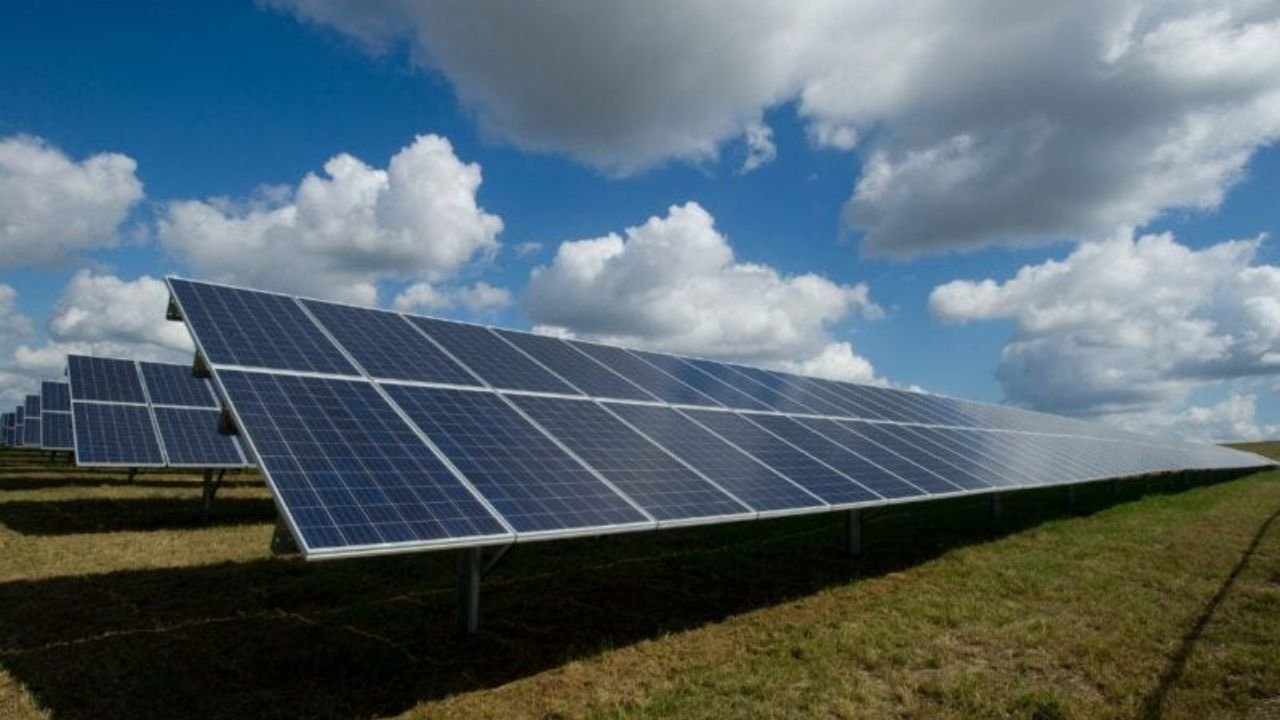The quest for sustainable energy solutions has led to groundbreaking advancements in solar technology, with XCV Panels emerging as frontrunners. These innovative solar panels are not just transforming how we harness solar energy but also setting new benchmarks for efficiency and sustainability. For homeowners and eco-friendly businesses, XCV Panels offer a promising avenue to reduce energy costs while contributing positively to the environment. This blog post aims to unpack the significance of XCV Panels in the renewable energy sector and explore their applications, benefits, and future potential.
Understanding XCV Panels
What are XCV Panels?
XCV Panels represent the latest iteration in solar technology, designed to maximize energy absorption and conversion efficiency. Unlike traditional solar panels, which primarily rely on silicon-based photovoltaic cells, XCV Panels incorporate advanced materials that enable higher energy output even in low-light conditions. This makes them exceptionally reliable for a diverse range of climates and geographical locations.
How do XCV Panels work?
At the core of XCV Panels’ operation is an innovative layering system that captures and converts sunlight into electricity more efficiently than traditional panels. These panels boast a multi-junction design, allowing them to absorb a broader spectrum of sunlight. This results in higher energy conversion rates, making them ideal for both residential and commercial applications. Additionally, the integration of smart technology enables real-time monitoring and optimization, ensuring that energy generation is always at its peak.
Advantages of XCV Panels over traditional solar panels
The benefits of XCV Panels extend beyond superior energy conversion. They offer enhanced durability, with materials engineered to withstand harsh weather conditions and physical impacts. This longevity translates to reduced maintenance costs and a longer lifespan. Furthermore, their high efficiency means fewer panels are required to meet energy demands, reducing installation costs and space requirements. These advantages make XCV Panels a compelling choice for anyone considering solar energy investments.
Implementation of XCV Panels
Residential and commercial applications of XCV Panels
XCV Panels are versatile, catering to both residential and commercial needs. Homeowners can enjoy lower utility bills and increased property value, while businesses can achieve significant operational savings and improved sustainability metrics. These panels are particularly beneficial in urban settings where space is limited, as their high efficiency minimizes the footprint needed for installation.
Exploring the installation process
Installing XCV Panels is straightforward and typically involves a site assessment, system design, permitting, and the actual installation. Professional installers conduct comprehensive evaluations to ensure optimal panel placement, taking into account factors like roof orientation and shading. Once installed, the panels require minimal upkeep, thanks to their robust construction and self-cleaning capabilities, which maintain efficiency over time.
Cost analysis and long-term savings
While the initial investment for XCV Panels might be higher compared to conventional options, the long-term savings are substantial. Reduced reliance on grid electricity leads to lower energy bills, while government incentives and tax rebates further offset costs. Over time, the panels pay for themselves, making them a financially sound investment for those committed to sustainable living.
Environmental Impact and Sustainability
The role of XCV Panels in reducing carbon footprint
One of the most significant advantages of XCV Panels is their contribution to reducing carbon emissions. By generating clean, renewable energy, these panels help decrease dependence on fossil fuels, leading to fewer greenhouse gas emissions. This shift not only combats climate change but also promotes cleaner air and a healthier environment.
Sustainability and recyclability of XCV Panels
XCV Panels are designed with sustainability in mind, incorporating recyclable materials to minimize environmental impact. At the end of their lifecycle, these panels can be dismantled and recycled, ensuring that valuable materials are reused and waste is minimized. This commitment to sustainability makes XCV Panels a responsible choice for eco-conscious consumers.
Technological Innovations in Solar Energy
Overview of current trends and future developments
The solar energy sector is witnessing rapid technological advancements, with XCV Panels at the forefront. Innovations such as bifacial panels, which capture sunlight from both sides, and solar skins that blend seamlessly with roofing materials, are expanding possibilities. Future developments promise even greater efficiency and integration with smart home technologies, making solar energy more accessible and appealing.
How XCV Panels are shaping the landscape of solar energy
XCV Panels are not just keeping pace with these trends; they are setting them. By pushing the boundaries of what solar technology can achieve, they are redefining industry standards and paving the way for more widespread adoption. Their role in driving down costs and improving accessibility positions them as key players in the transition to renewable energy.
XCV Panels in the Market
The competitive market for solar energy solutions
The solar energy market is highly competitive, with numerous players vying for market share. However, XCV Panels have carved out a niche, thanks to their superior performance and innovative features. Their ability to deliver on promises of efficiency and sustainability gives them a distinct edge over traditional solutions.
Key players and their contributions
Several companies are leading the charge in XCV Panel production, each contributing unique innovations. These players are investing heavily in research and development, driving continuous improvements and ensuring that XCV Panels remain at the cutting edge of solar technology.
Consumer reviews and case studies
Testimonials from satisfied consumers highlight the tangible benefits of XCV Panels. From significant energy savings to improved environmental impact, these panels consistently exceed expectations. Case studies further demonstrate their effectiveness across various applications, reinforcing their reputation as a reliable and effective solar solution.
You May Also Like: Unraveling Zoltrakk A Force in Fantasy and Tech
Conclusion
In conclusion, XCV Panels represent a significant leap forward in solar energy technology. Their ability to deliver high efficiency, sustainability, and cost-effectiveness makes them an attractive option for homeowners, businesses, and renewable energy enthusiasts alike. By adopting XCV Panels, individuals and organizations can take meaningful steps towards a more sustainable future. For those interested in exploring this innovative technology further, resources and consultation services are readily available to guide the transition to solar energy.
FAQs
What are the main benefits of using XCV Panels?
XCV Panels offer superior energy efficiency, reduced carbon footprint, and long-term cost savings, making them an excellent choice for renewable energy solutions.
How do XCV Panels differ from traditional solar panels?
They use advanced materials and a multi-junction design for higher energy conversion rates, requiring fewer panels for the same energy output.
Are XCV Panels suitable for all types of properties?
Yes, they are versatile and can be used in residential, commercial, and industrial settings, offering tailored solutions for various energy needs.
What is the lifespan of XCV Panels?
With robust construction and durable materials, XCV Panels have a lifespan of 25-30 years, ensuring long-term reliability and efficiency.
Can XCV Panels be recycled at the end of their life?
Yes, they are designed with recyclability in mind, minimizing environmental impact through the responsible disposal and reuse of materials.











